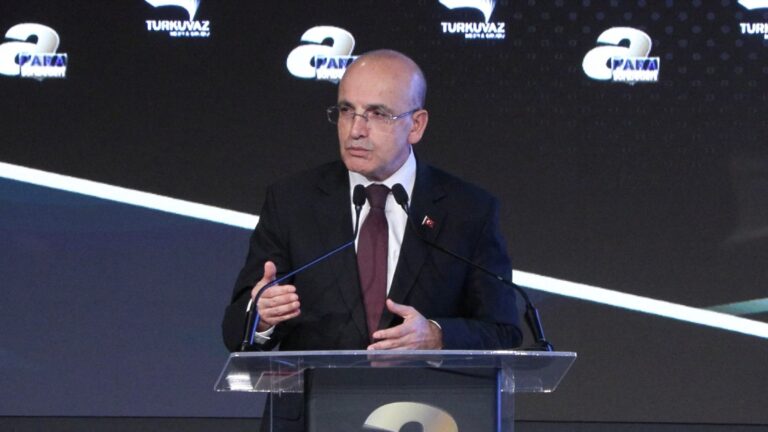
BoJ Minutes: If inflation trends align with expectations, gradual rate hikes possible
- How Big Pharma Is Wrecking the Inflation Reduction Act
- Inflation fears driving market sell-offs is the ‘new normal’: Strategist
- Turkey’s central bank lowers key interest rate to 47.5%
- President Erdoğan expects lower inflation, more rate cuts in 2025
- The Dow surges 800 points, Nvidia stock rebounds as inflation cools
The Bank of Japan (BoJ) board members shared their views on the monetary policy outlook on Tuesday, per the BoJ Minutes of the October meeting.
Bạn đang xem: BoJ Minutes: If inflation trends align with expectations, gradual rate hikes possible
Key quotes
The policy interest rate remained at 0.25%.
The board member emphasized a cautious approach to monetary policy amid domestic and global uncertainties.
If inflation trends align with expectations, gradual rate hikes are possible, with a potential path to 1.0% by late fiscal 2025.
BoJ member suggests a gradual rate hike to 1.0% by the second half of fiscal 2025 for better economic assessment.
The board member shares view the BoJ will continue raising rates if the economy and prices move in line with the forecast.
Xem thêm : Core PCE Inflation Hits 2.8% As Interest Rate Cut Hopes Dwindle
Member suggests gradual rate rises if inflation accelerates as projected.
Member suggests market rates may be lower than appropriate levels based on economic and price projections, as well as monetary policy guidance.
Member cites difficulty in predicting rate hike path due to uncertainty over Japan’s neutral rate and monetary policy transmission mechanism.
MOF representative said the government will guide economic and fiscal policy, prioritizing pulling Japan out of deflation, and hopes.
BoJ continues to guide policy appropriately in close coordination with the government.
Members agreed Japan’s consumption is likely to continue increasing moderately.
A few members said wage growth is likely to remain elevated in next year’s spring wage negotiations.
Market reaction to the BoJ Minutes
At the time of writing, USD/JPY was up 0.03% on the day at 157.18.
Bank of Japan FAQs
Xem thêm : College food pantries become a necessity after inflation
The Bank of Japan (BoJ) is the Japanese central bank, which sets monetary policy in the country. Its mandate is to issue banknotes and carry out currency and monetary control to ensure price stability, which means an inflation target of around 2%.
The Bank of Japan embarked in an ultra-loose monetary policy in 2013 in order to stimulate the economy and fuel inflation amid a low-inflationary environment. The bank’s policy is based on Quantitative and Qualitative Easing (QQE), or printing notes to buy assets such as government or corporate bonds to provide liquidity. In 2016, the bank doubled down on its strategy and further loosened policy by first introducing negative interest rates and then directly controlling the yield of its 10-year government bonds. In March 2024, the BoJ lifted interest rates, effectively retreating from the ultra-loose monetary policy stance.
The Bank’s massive stimulus caused the Yen to depreciate against its main currency peers. This process exacerbated in 2022 and 2023 due to an increasing policy divergence between the Bank of Japan and other main central banks, which opted to increase interest rates sharply to fight decades-high levels of inflation. The BoJ’s policy led to a widening differential with other currencies, dragging down the value of the Yen. This trend partly reversed in 2024, when the BoJ decided to abandon its ultra-loose policy stance.
A weaker Yen and the spike in global energy prices led to an increase in Japanese inflation, which exceeded the BoJ’s 2% target. The prospect of rising salaries in the country – a key element fuelling inflation – also contributed to the move.
Nguồn: https://estateplanning.baby
Danh mục: News




